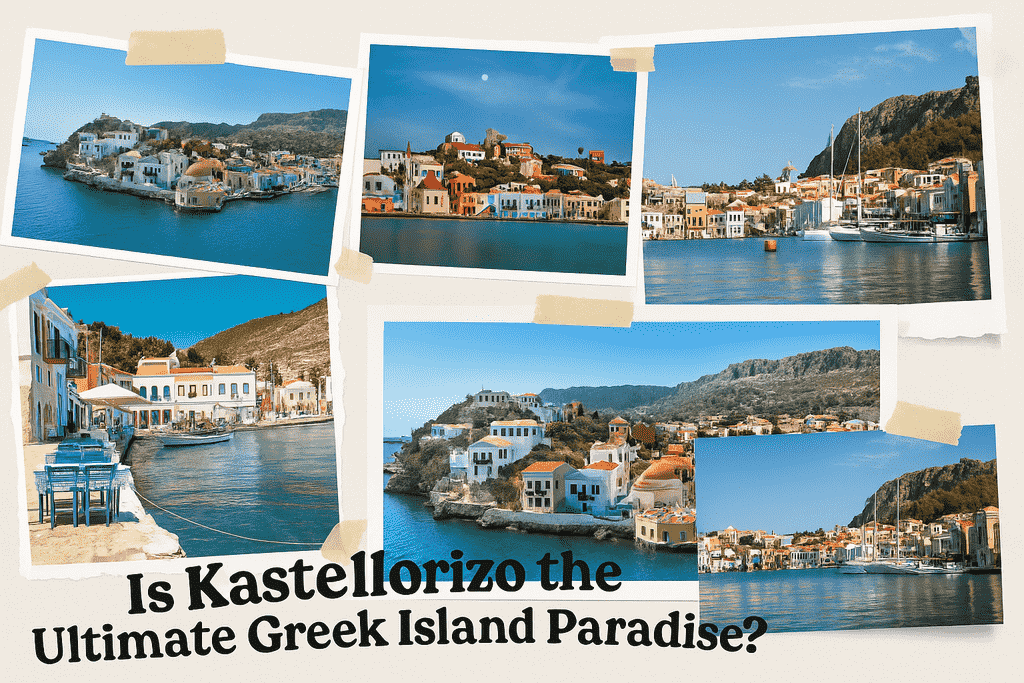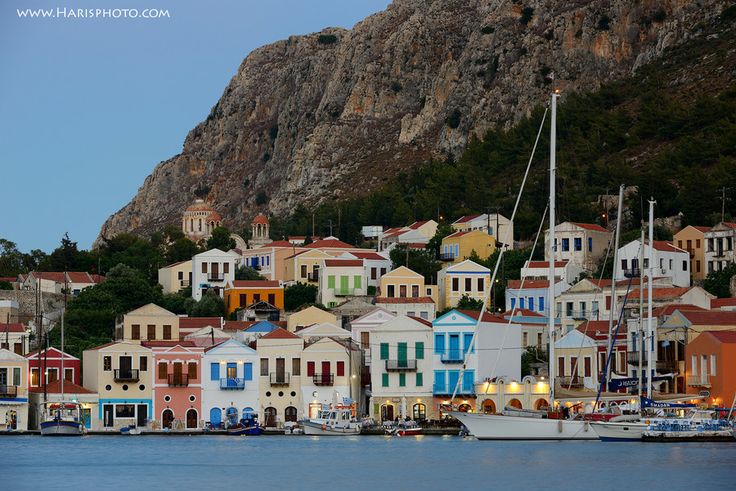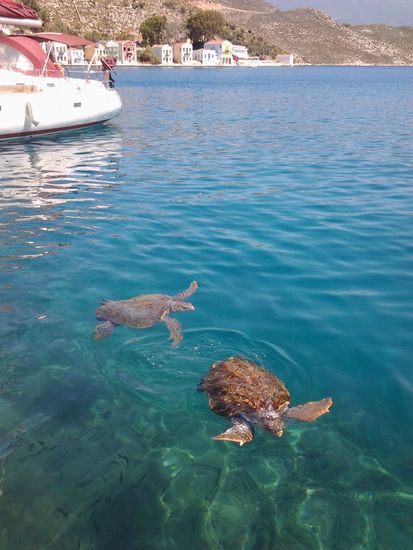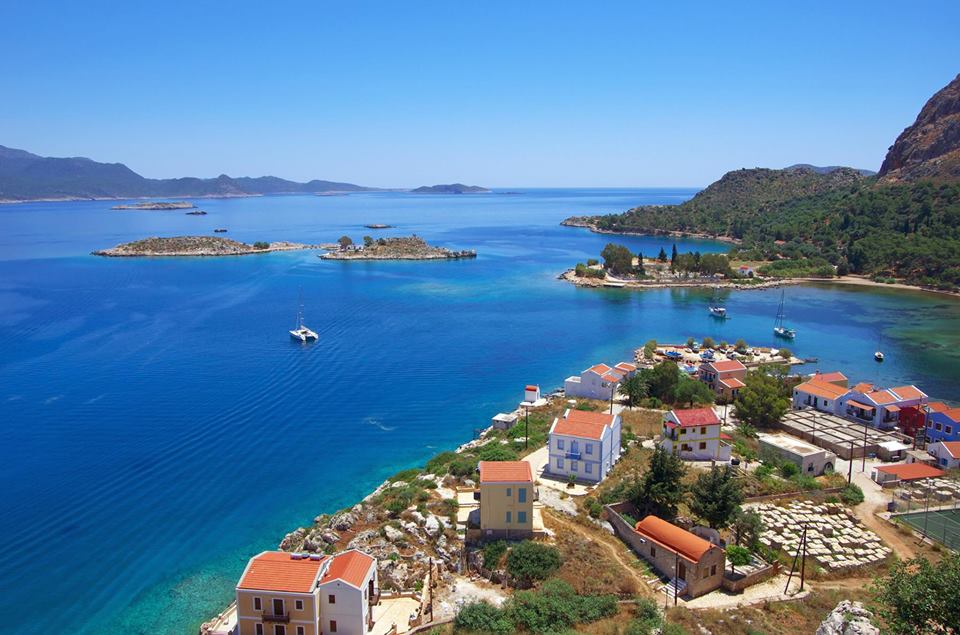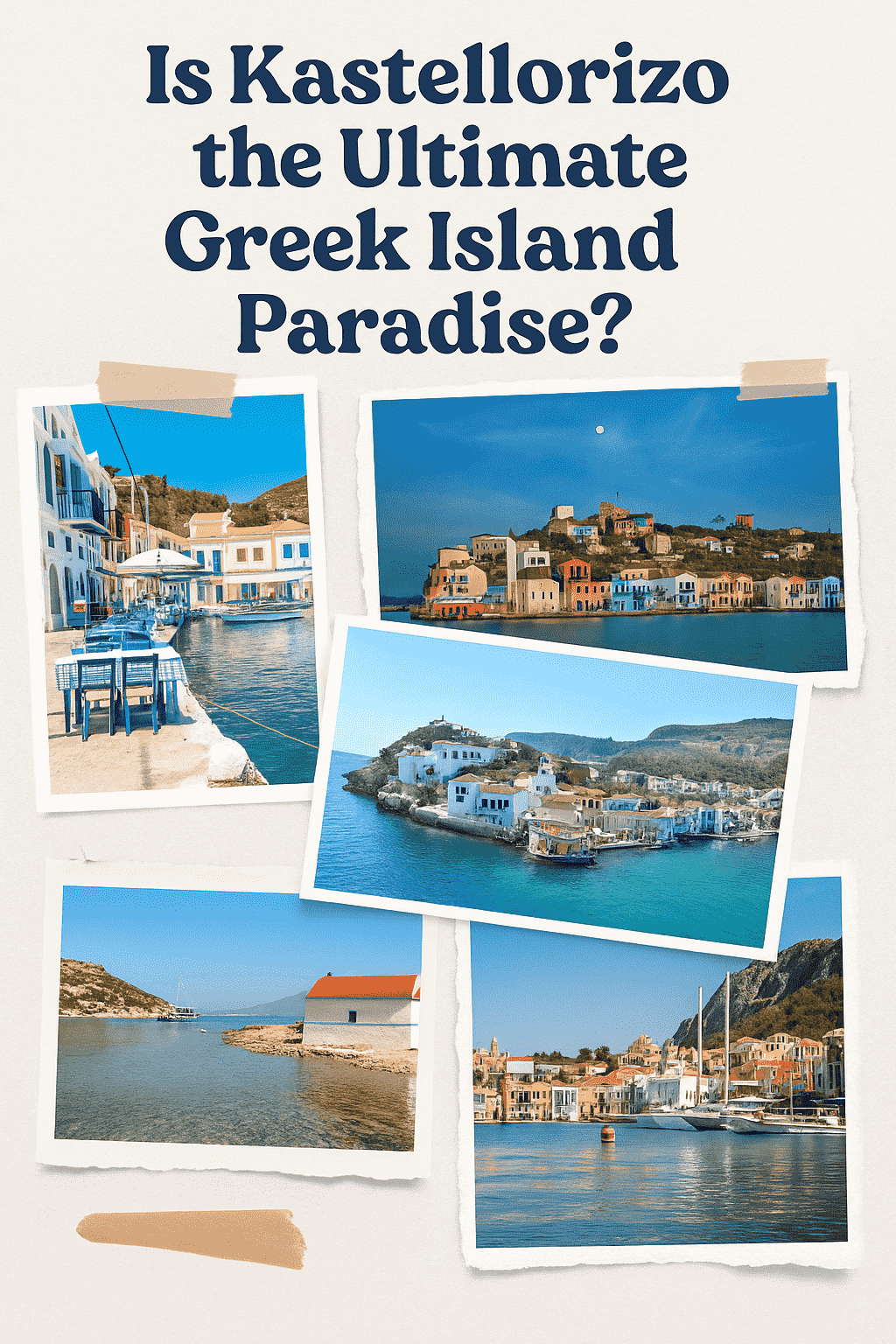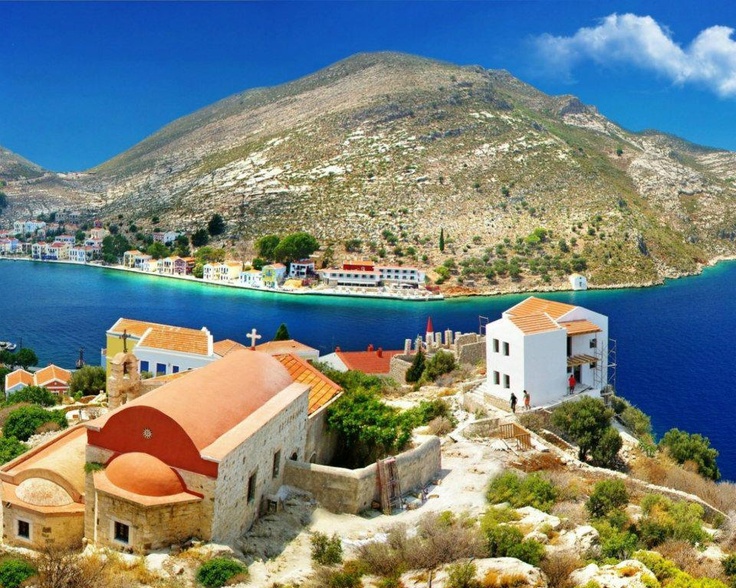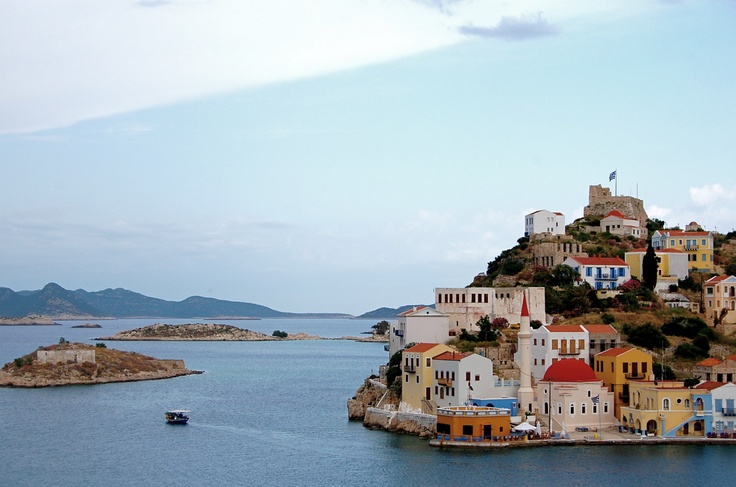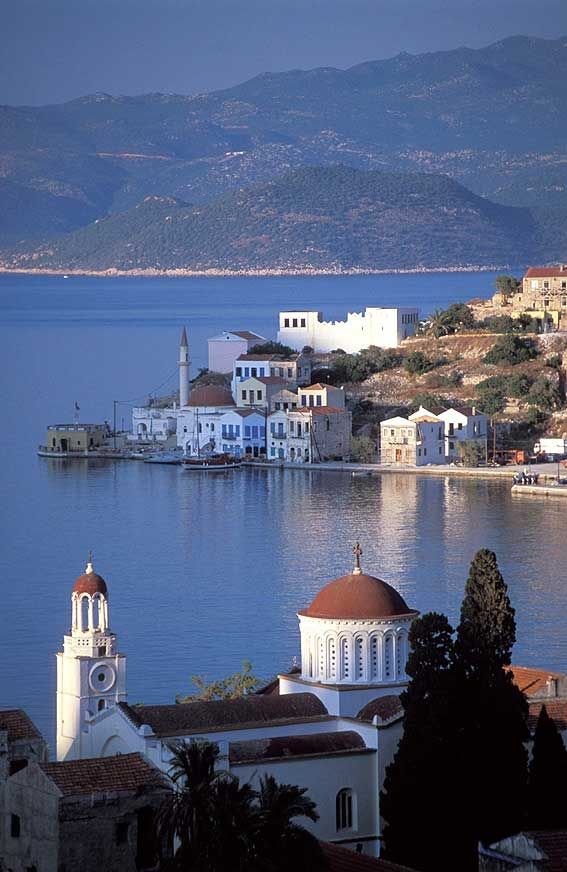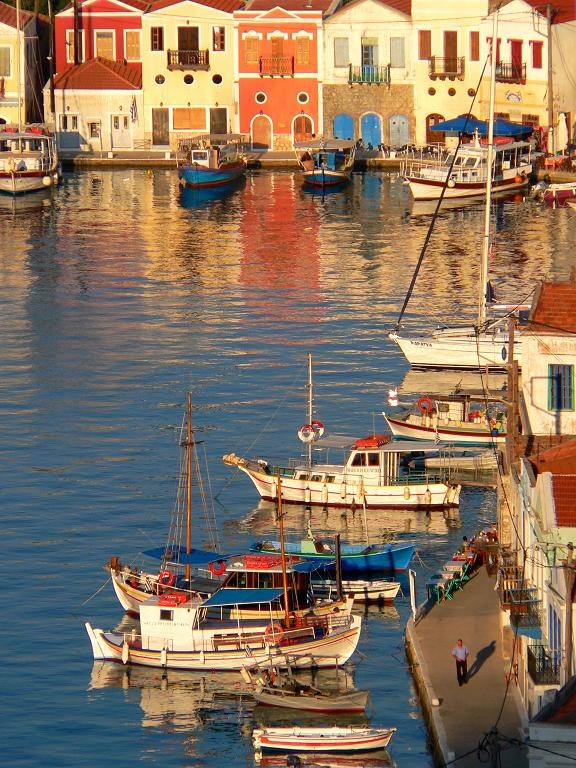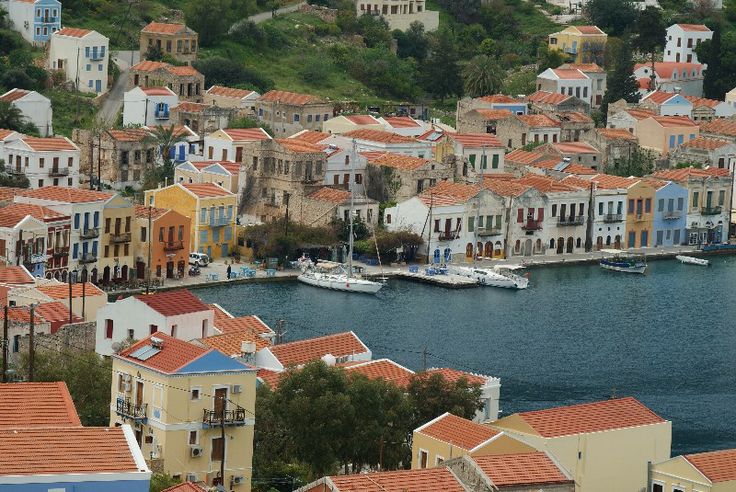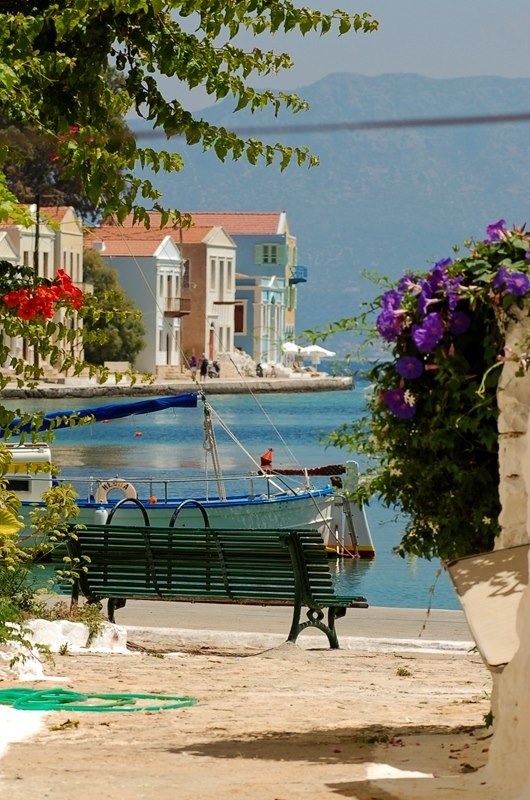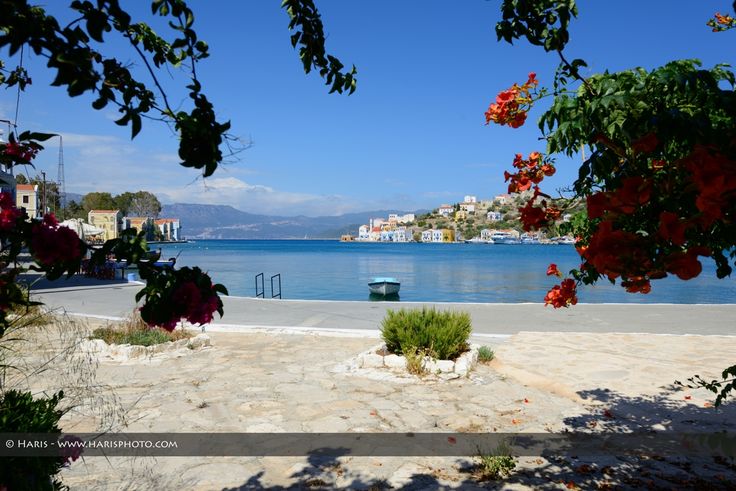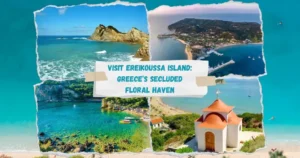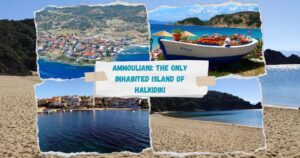Is Kastellorizo the Ultimate Greek Island Paradise?
Tucked away in the far southeastern corner of the Aegean Sea, almost within arm’s reach of the Turkish coast, lies a little-known gem called Kastellorizo. Officially known as Megisti, this tiny Greek island is something of an anomaly.
Unlike the bustling Mykonos or Santorini, Kastellorizo feels like a secret whispered only among those who crave silence, authenticity, and unspoiled beauty.
With fewer than 500 residents, no major resorts, and a setting straight out of a Mediterranean dream, Kastellorizo offers more than just another beach escape—it offers serenity, soul, and a slice of Greek life that time seems to have forgotten.
The Island’s Personality: Small but Mighty
Kastellorizo is Greece’s easternmost island, sitting closer to Turkey than to any other Greek landmass. Its small size—just 9 square kilometers—means you can walk across the whole island in a few hours.
But don’t let its size fool you. This island holds layers of history, postcard-perfect views, and a warm, welcoming spirit that leaves a lasting impression.
When you arrive at the harbor, the sight alone will stop you in your tracks: vibrant neoclassical houses, painted in soft pinks, yellows, and blues, line the water’s edge like a watercolor painting.
With boats bobbing gently, children playing along the quay, and cats sunbathing under bougainvillea, it’s not hard to feel as though you’ve stepped into a fairytale.
Getting There: A Journey Worth the Effort
Reaching Kastellorizo isn’t easy, but that’s part of what makes it so special.
There are no direct international flights. Instead, most travelers fly into Rhodes or Athens, then take a domestic flight with a small propeller plane that lands on one of the shortest runways in Greece.
Alternatively, ferries run from Rhodes a few times a week, though the trip can take up to 5 hours depending on the route and weather.
The extra effort means fewer tourists, more peace, and a chance to experience an untouched side of Greece that mass tourism has yet to reach.
A Stroll Through History: Kastellorizo’s Rich Past
Despite its small footprint, Kastellorizo has a storied past. Its name comes from the red-hued rock that once held a powerful fortress.
The island changed hands numerous times throughout history, having been ruled by the Greeks, Romans, Byzantines, Crusaders, Ottomans, and even the French and Italians.
During WWII, much of the island was damaged, and emigration left many houses abandoned. But over the last few decades, efforts to restore these buildings have given the island a charming revival.
Today, wandering its quiet alleys, you can sense the layers of time—ancient ruins beside 19th-century villas, a Turkish bath here, a crumbling windmill there. Every corner has a story.
The Famous Blue Grotto: Nature’s Cathedral
Kastellorizo is home to one of the most magical sea caves in the Mediterranean: the Blue Grotto, or “Galazia Spilia.”
Accessible only by boat and only when the sea is calm, this natural wonder is a hidden chamber of blue light.
As your boat glides into the low entrance, the cave opens into a vast interior filled with otherworldly shades of turquoise and sapphire.
The water seems to glow from within, and the silence is almost sacred. Early morning visits are best when the sunlight pierces the cave just right, illuminating the walls and ceiling with a surreal glow.
It’s not just a sight—it’s a moment of awe.
Where to Stay: Cozy and Charming Options
There are no mega-resorts or chain hotels on Kastellorizo, which adds to its charm.
Instead, visitors can stay in renovated mansions turned boutique guesthouses, many of which face the harbor.
One popular choice is “Poseidon,” a small hotel with stone walls, wooden shutters, and balconies overlooking the sea.
Another is “Mediterraneo,” offering a more upscale yet still authentic experience.
Prices vary depending on the season, with rooms typically ranging from €70 to €130 per night in high season.
Booking early is crucial in summer, as accommodations are limited and the island remains a favorite for returning visitors.
What to Eat: A Feast of Simple Pleasures
Food on Kastellorizo is all about freshness and tradition.
The tavernas lining the harbor serve grilled octopus, fresh-caught fish, and seasonal vegetables that are often grown locally.
One signature dish you must try is “strava,” a sweet pastry filled with crushed nuts and honey, unique to the island.
Another is “katoumari,” a flaky, cinnamon-sugar dessert made with local ingredients.
Meals are often simple—grilled halloumi, tomatoes, olives, and warm bread—but packed with flavor.
Expect to pay around €15–20 per person for a full meal including a drink.
Eating here isn’t just a necessity—it’s a pleasure you’ll savor.
Local Life and Island Rhythm
Kastellorizo moves to its own slow and gentle rhythm.
Life revolves around the harbor, where locals gather each evening for coffee, ouzo, and conversation.
Kids jump into the sea from stone steps, fishermen mend nets in the sun, and dogs nap in shaded doorways.
There’s no nightlife to speak of—just the soft clinking of glasses and the occasional live bouzouki music drifting from a taverna.
It’s the kind of place where your watch becomes useless and where the sunsets steal the show every single evening.
Hiking and Exploring Beyond the Harbor
Though small, Kastellorizo is a joy to explore on foot.
One scenic hike leads to the Castle of the Knights, perched high above the harbor. The views from here are unmatched—especially at sunset.
Another must-visit is the Lycian Tomb, carved into the rock just steps from the town. It’s a reminder of the island’s ancient ties with neighboring Turkey.
The Monastery of St. George is another beautiful destination, located inland and reachable via a quiet footpath.
Bring water, wear good shoes, and prepare to be rewarded with silence and solitude.
Day Trips and Boat Tours
One of the best ways to experience Kastellorizo is by boat.
Several local skippers offer day trips around the island and to nearby islets like Ro and Strongyli.
Ro, in particular, is famous for its sole inhabitant—Despoina Achladioti, the “Lady of Ro,” who raised the Greek flag daily until her death in 1982.
Now, the island is uninhabited, but its story remains powerful and symbolic.
Swimming in the clear waters near Ro or stopping at secret coves along the way makes for a perfect afternoon escape.
Best Time to Visit
The ideal months to visit Kastellorizo are May through October.
In spring and early summer, the island blooms with wildflowers, and temperatures hover between 22–28°C.
July and August are warmer, around 30°C, and are the busiest months, though even at peak times, the island never feels crowded.
September is a sweet spot—warm seas, fewer people, and a lingering summer vibe.
Winters can be windy and quiet, with many businesses closing, but for those seeking solitude, it has its own poetic charm.
What to Pack
Since Kastellorizo is remote, packing smart is essential.
Bring light clothing for warm days, a sweater for breezy evenings, and sturdy shoes for walking.
Swimsuits, sunscreen, and a sunhat are musts, as is a good book—there’s plenty of time to read by the sea.
While there is a small pharmacy and a few shops, specific items like specialty toiletries or medicine should be brought with you.
And don’t forget cash—although cards are accepted in many places, it’s good to have euros on hand, especially for small purchases or boat trips.
Final Thoughts: Why Kastellorizo Feels Like a Dream
In a world filled with noise, speed, and constant connectivity, Kastellorizo stands as a rare exception.
It’s a place where you can hear yourself think, where the water is so clear you can see the sea floor from your balcony, and where the only traffic jam is a row of cats lounging in the sun.
It’s not for everyone—there’s no party scene, no shopping sprees, and no luxury pampering.
But for those who crave authenticity, silence, and soul-stirring beauty, Kastellorizo may just be the ultimate Greek island paradise.
It’s not just about seeing the place—it’s about feeling it, breathing it in, and taking a piece of its calm back with you when you leave.
Images via: Pinterest

